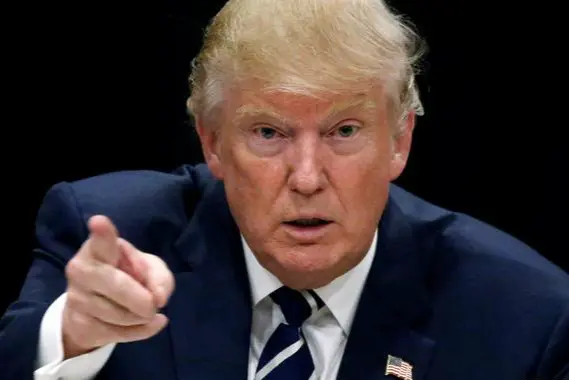Nanjing released new evidence and testimony on Friday from survivors of the massacre that took place in the city 76 years ago.
At an international peace rally to commemorate the 76th anniversary of the tragedy, about 5,000 people remembered the 300,000 victims killed by Japanese troops during WWII.
At 10 a.m., sirens wailed in the square of the the Memorial Hall for the Victims of the Nanjing Massacre by Japanese Invaders, marking theanniversary of six weeks of killing, burning, looting and rape in the city.
At the rally were survivors, victims' families, students, workers and monks along with groups and individuals from the United States, Philippines, Republic of Korea and Japan.
"We are here to look back at history and mourn the victims, to remind the world never to repeat the mistakes of history. We are here to expose the conspiracy of right-wing forces in Japan who are trying to deny the invasion and overturn history, and we are here to stress a peaceful development path for the rejuvenation of the Chinese nation," He Quan, vice chairman of the Jiangsu Provincial Committee of the Chinese People's Political Consultative Conference, said at the ceremony.
Residents held commemorative activities throughout the city.
HISTORY REMEMBERED
Mei Shoulan, an 86-year-old survivor, touched the names of her 10 dead family members inscribed on the wall of victims' names. "Seventy-six years has passed, but the memory still haunts me. I am a living witness," she said with tears in her eyes. Though confined to a wheelchair, Mei insists her daughter takes her to the memorial hall every year.
"The truth is right there. No one can ignore it," she said.
Also at the hall, Xiang Yuansong, 85, held picture of his brother who died in the massacre at the age of 26. "I'll never forget his death. It's intolerable that some Japanese in recent years have tried many times to deny that it happened."
The memorial hall opened in 1985 on the site where tens of thousands of corpses were piled during the massacre. More than 5 million people visit every year, but survivors are fewer and fewer as many have passed away.
To preserve the memories of survivors, the memorial hall has signed an agreement with the U.S.-based USC Shoah Foundation - The Institute for Visual History and Education, which is dedicated to making audio-visual interviews with survivors and witnesses of the Holocaust and other genocides a compelling voice for education and action, to collect and curate the testimonies of the last survivors.
Zhu Chengshan, curator of the memorial hall, said from 2012, they had recorded the testimonies of 12 survivors. Those of Xia Shuqin and Yang Cuiying were released on Friday in both English and Chinese on the website of the Shoah Foundation.
"Survivor testimony is precious first-hand data for the study of the Nanjing Massacre, and represents hope for the peaceful future of humanity," said Zhu.
MORE EVIDENCE REVEALED
The memorial hall on Friday received nearly 170 items, including painting and calligraphy donated by Chinese and Japanese people, bringing total items in the collection to 150,000. Of them, over 25,000 relics areevidence of the massacre.
Among the items donated on Friday, a Japanese flag donated by a resident of Harbin, capital of Heilongjiang Province, with the invasion chronicled on it was believed the most significant.
A Japanese soldier called Ienaga Ketsu wrote on the flag his two-year war experience in China across thousands of kilometers.
At the center of the flag are four characters meaning "entered Nanjing," followed by "participated in sweeping attack in Nanjing on Dec. 14, in the 12th year of Showa," meaning 1937.
Zhu said the flag was direct evidence of the slaughter in Nanjing.
Daito Satoshi of the Kyoto-based Enkoji Temple donated six items, including a newspaper, the Tokyo Asahi Shimbun from Dec. 12, 1937, which reported that Japanese troops had occupied Nanjing.
Daito said that though some right-wing Japanese deny the massacre, there are plenty of people like himself who are collecting evidence of the truth and will continue to do so.
Ichigo Shoko, another Japanese monk, donated condoms used by the Japanese troops and a photo of two Japanese soldiers and two Chinese women in front of a comfort station where women were raped.
Zhu said the memorial hall would verify the relics and add them to the displayed items if appropriate.
 简体中文
简体中文



